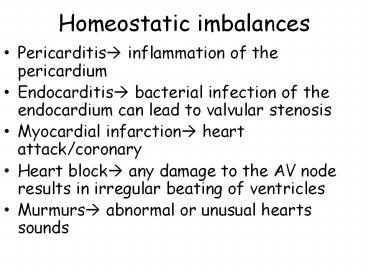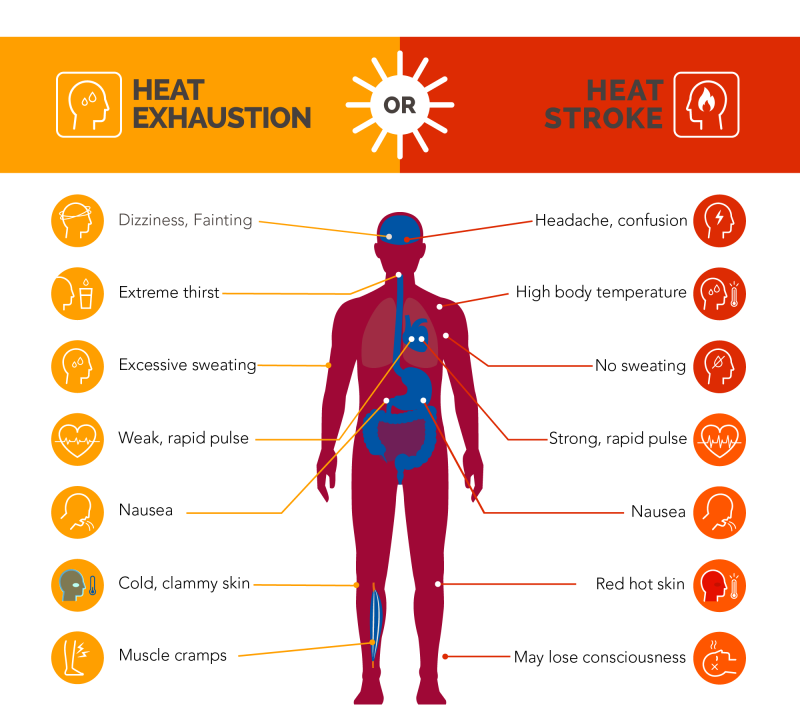Homeostasis is the process by which the body maintains a stable and consistent internal environment, despite fluctuations in the external environment. This involves maintaining a balance of various physiological parameters, such as body temperature, pH, electrolyte levels, and blood pressure. When this balance is disrupted, it can lead to a range of health problems, including various diseases.
One example of a disease caused by homeostatic imbalance is diabetes. Diabetes is a chronic condition that occurs when the body is unable to effectively regulate blood sugar levels. This can be caused by a deficiency or dysfunction of the hormone insulin, which is responsible for helping the body use and store glucose. When insulin is not functioning properly, glucose accumulates in the blood and can lead to high blood sugar levels, also known as hyperglycemia. Over time, hyperglycemia can cause damage to the blood vessels and organs, leading to complications such as heart disease, nerve damage, and kidney damage.
Another example of a disease caused by homeostatic imbalance is hypothyroidism. Hypothyroidism occurs when the thyroid gland, which is located in the neck, does not produce enough thyroid hormone. This hormone plays a crucial role in regulating the body's metabolism and energy levels. When there is a deficiency of thyroid hormone, the body's metabolism slows down, leading to a range of symptoms such as weight gain, fatigue, and cold intolerance. If left untreated, hypothyroidism can lead to serious health problems such as heart disease and high cholesterol.
Other diseases caused by homeostatic imbalance include hypertension, or high blood pressure, which occurs when the blood vessels are constricted, leading to an increase in blood pressure; and hyponatremia, which is a condition in which the body has an abnormally low level of sodium in the blood. Sodium is an electrolyte that helps regulate fluid balance in the body. When there is not enough sodium in the blood, it can lead to a range of symptoms such as muscle cramps, nausea, and confusion.
In conclusion, homeostatic imbalance can lead to a range of diseases that affect various physiological processes in the body. It is important to maintain a balance of various physiological parameters in order to maintain good health. This can be achieved through a healthy diet, regular physical activity, and managing stress levels. It is also important to seek medical treatment if you experience any symptoms of a homeostatic imbalance, as early intervention can help prevent complications and improve overall health outcomes.







